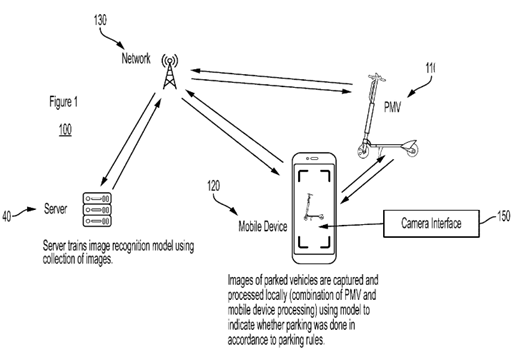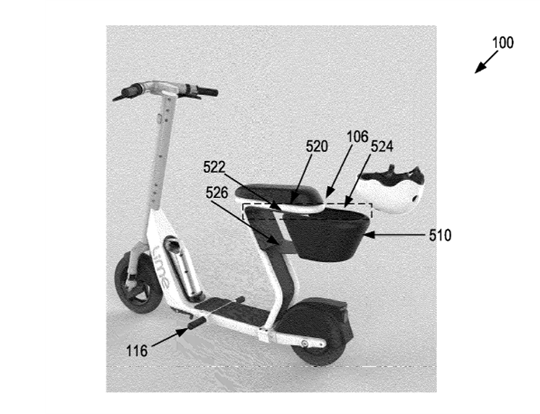22/07/2025
By offering on-demand electric bicycles and e-scooters for hire, Lime have enjoyed a staggering growth in recent years. With their distinctive emerald and white livery, the dockless mobility company provided 16 million journeys during commuting hours alone last year in London, and now rows of their vehicles can be seen on street corners throughout the nation’s capital.
The surge in popularity has been particularly driven by younger users, with almost half of Londoners aged 18-34 now using Lime’s e-bikes weekly. This market share of the capital’s transportation can only be rivalled by Transport for London (TfL) itself.
This meteoric rise in recent years of micromobility-for-hire services such as Lime has not been without controversy, however. Just last month, reports of the large number of Lime bikes dumped each month in canals and rivers hit the headlines. This raised concerns of pollution from the lithium-ion batteries, which power the pedal-assisted cycles, entering the watercourse.
It is not just potential environmental issues which Lime has to tackle, however. Careless parking by users of the vehicles after each ride can have significant financial implications for Lime as an operator. For those bikes deemed ‘abandoned’, TfL has recently announced that they will issue fines to the operator of up to £100 per instance.
These and similar issues came to somewhat of a crescendo late last year when Brent considered outright banning the service from operating in the London Borough. Only through a number of concessions, such as a reduction in total vehicle numbers, commitment to removal of poorly parked vehicles, and more heavily speed controlled areas, was the service allowed to stay. These concessions all impact upon Lime’s bottom line.
It is therefore critical that Lime finds innovative ways to encourage and enforce responsible usage of their service. Lime also understands the importance of a robust patent portfolio to defend their market share, and many of their recent patent applications focus on technologies to help drive responsible ridership.
Parking Verification
One example of this is a US patent application (US 2025/0086963 A1), which discloses automated methods of verifying proper parking of their hire vehicles. Whilst traditional ‘manual’ validation of vehicle parking can be resource intensive, the disclosed method utilises a machine learning model to review one or more images of a parked vehicle and its background. This method is illustrated below, and can identify when the vehicle is parked too close to the edge of a pavement, obstructing pedestrian traffic, or is not left upright.

Figure 1 of US 2025/0086963 A1
This innovation in particular is highlighted in Lime’s £20 million London Action Plan, in which they outline tech advancements to combat poor parking in real time.
Multi-rider detection
It is not uncommon to see cannier users of Lime’s e-scooter offering riding ‘tandem’, usually in an attempt to effectively halve the cost of a two-person trip. This usage has direct cost implications for Lime through lost ridership charges, but also raises safety and regulatory concerns.
European patent application EP 4414253 A1 discloses a potential approach by Lime to deter said ride-sharing. By receiving inputs indicative of the number of riders on an e-scooter, the method can indicate to a user that there are more than the allowed number of riders. This detection can be achieved by a pressure sensor in the scooter itself, or by performing calculations based on an uphill velocity to determine the total rider mass.
The indications to the user then get progressively more severe, with possible last-resorts of slowing or stopping the e-scooter entirely.
Safety Helmet Storage
Finally, Lime recommends all riders wear a helmet when on their electric bicycles and e-scooters. However, users may not have access to such safety equipment, or are unwilling to carry one all day just to briefly wear during their Lime trips.
Lime’s European patent application EP 4420966 A1 discloses an e-scooter with a storage compartment within a seat assembly. The storage compartment can contain a helmet to comply with locally defined and regulated operation rules, and may be locked to restrict access unless interacted with a user device.
This is reflective of Lime’s focus not only on smart management systems – such as parking, lock/unlock security, and fleet telemetry, but also on solving other practical hardware problems.

Figure 5 of EP 4420966 A1
It is clear that Lime values the patent system as a part of their goal of promoting responsible ridership, protecting technologies that monitor rider behaviour and enhance bike safety features. These advancements help detect reckless actions, allowing Lime to maintain a strong market share of the micromobility-for-hire sector, as well as favour with regulators. By integrating smart safety systems, Lime aims to foster a culture of accountability while making micromobility safer and more sustainable for all.
If you are looking for advice on protecting your micromobility IP, please contact a member of our team.
This article is for general information only. Its content is not a statement of the law on any subject and does not constitute advice. Please contact Reddie & Grose LLP for advice before taking any action in reliance on it.



